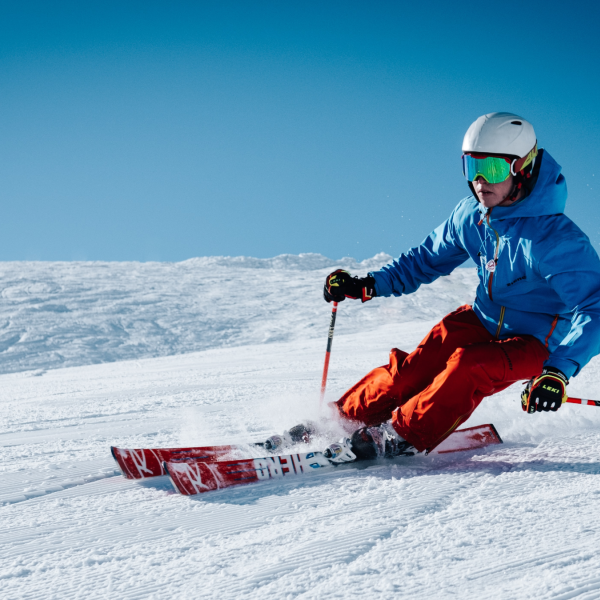Releases
Study suggests accountability to team mates is a deterrent to athletes doping
A Study of 200 elite Scottish Athletes has found that those competing in team sports cite accountability to their team mates, and the possible negative reaction that may result, as a deterrent to doping.
The WADA-commissioned study, which was carried out by the University of Stirling, was aimed at understanding whether being in a team environment provided protection from the risk of doping compared to those that pursue individual sports.
Attitudes of significant others and the doping behaviors of team mates ranked highly as factors that help protect athletes from doping. Interestingly, however, competition results were not considered a significant factor for athletes in their decision-making in relation to doping.
The study shows that athletes believe that belonging to a wider organizational network, as well as a team squad, is important; there is a feeling of responsibility attached to a wider group of stakeholders than just one’s teammates.
A third category of athletes, named ‘individual+’, classified athletes who identified themselves as team and individual, such as those competing in an individual sport but in a team competition (e.g. a sport relay). This group was seen to have higher risk attitudes to doping compared with those competing in individual and team sports.
The study also highlighted a potential need for athletes to obtain greater awareness of Article 11 of the World Anti-Doping Code. The Article states that sanctions such as loss of points and disqualification can be imposed on a team if three or more athletes in a team are found to have an Anti-Doping Rule Violation (ADRV).
Dr Paul Dimeo of the University of Stirling said: “It emerged that the team environment and the sense of belonging to a “team” of some description protects athletes, as they fear both the shame of being caught and banned as well as the likely social marginalisation that would follow.
“We also found that there was a perceived distinction between individual and team sports with regard to the pressures influencing athletes to dope, particularly in terms of the influence or otherwise of a coach. Some team sport athletes were of the opinion the coach-athlete relationship may have a slightly different emphasis in individual sports as a result of greater one-to-one contact time, the coach may exercise more influence over the athlete.
“The fear of being caught and the shame it brings remain the strongest factors preventing team athletes from considering using banned substances.”
WADA President John Fahey said: “This study has been very insightful in offering explanations as to why athletes chose different paths. While we must remember that this study offers just a snapshot of Scottish athletes, there is no doubt it paints an interesting picture of the influences athletes face, and how they decide to act in the company of their peers. The results of this study have presented us with some rich information that we can take forward to help shape future anti-doping conversation and policy.”

